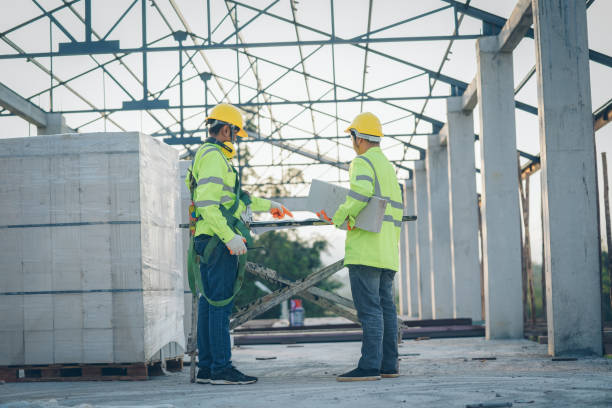
The Blue Mountains region is renowned for its breathtaking natural landscapes, rich biodiversity, and towering trees. However, there are instances when tree removal becomes necessary to ensure safety, maintain ecological balance, and preserve the region’s unique beauty. By engaging in responsible tree removal practices, we can safeguard both the environment and the communities that call the Blue Mountains home.
The Need for Tree Removal
Tree removal in the Blue Mountains is essential when trees pose significant risks to human safety or property. Some situations that may warrant tree removal include:
- Diseased or damaged trees: Trees affected by diseases, pests, or severe damage may become unstable and prone to falling. Removing these trees is crucial to prevent accidents and protect nearby structures.
- Hazardous tree placement: Trees growing too close to buildings, power lines, or other infrastructure may pose a risk in the event of storms, strong winds, or natural disasters. Removing such trees mitigates potential damage and ensures public safety.
- Invasive species control: Invasive tree species can harm native plants and disrupt the delicate ecological balance of the Blue Mountains. Responsible removal of invasive species helps preserve the region’s unique flora and fauna.
Engaging Professional Tree Removal Services
When it comes to tree removal in the Blue Mountains, it is imperative to enlist the services of professional arborists experienced in safe and responsible tree removal practices. These experts possess the necessary knowledge, skills, and equipment to execute tree removals efficiently and minimize potential risks.
Professional arborists start by conducting a thorough assessment of the tree and its surroundings. They consider factors such as tree health, structural integrity, nearby structures, and environmental impact. This evaluation guides them in developing a comprehensive plan for the tree removal process.
During tree removal, safety is paramount. Arborists employ specialized equipment, such as cranes, ropes, and harnesses, to safely dismantle and remove trees in a controlled manner. They prioritize minimizing any potential damage to the surrounding environment and ensure that debris is properly managed and disposed of.
Conservation and Reforestation Efforts
While tree removal is necessary at times, it is crucial to balance it with conservation and reforestation efforts in the Blue Mountains. Removing a tree should always be accompanied by a commitment to replanting and preserving the region’s natural beauty.
Reforestation initiatives play a vital role in maintaining the ecological integrity of the Blue Mountains. For every tree that is removed, efforts should be made to plant suitable native species in appropriate locations. This helps restore the forest canopy, support local wildlife habitats, and maintain the aesthetic appeal of the region.
Conclusion
Tree removal in the Blue Mountains should be approached with careful consideration for safety, conservation, and responsible practices. By engaging professional arborists and ensuring the proper removal of hazardous or invasive trees, we can protect our communities, preserve the region’s natural beauty, and contribute to a sustainable and harmonious environment. Let us embrace responsible tree removal practices in the Blue Mountains to safeguard this magnificent landscape for future generations.




